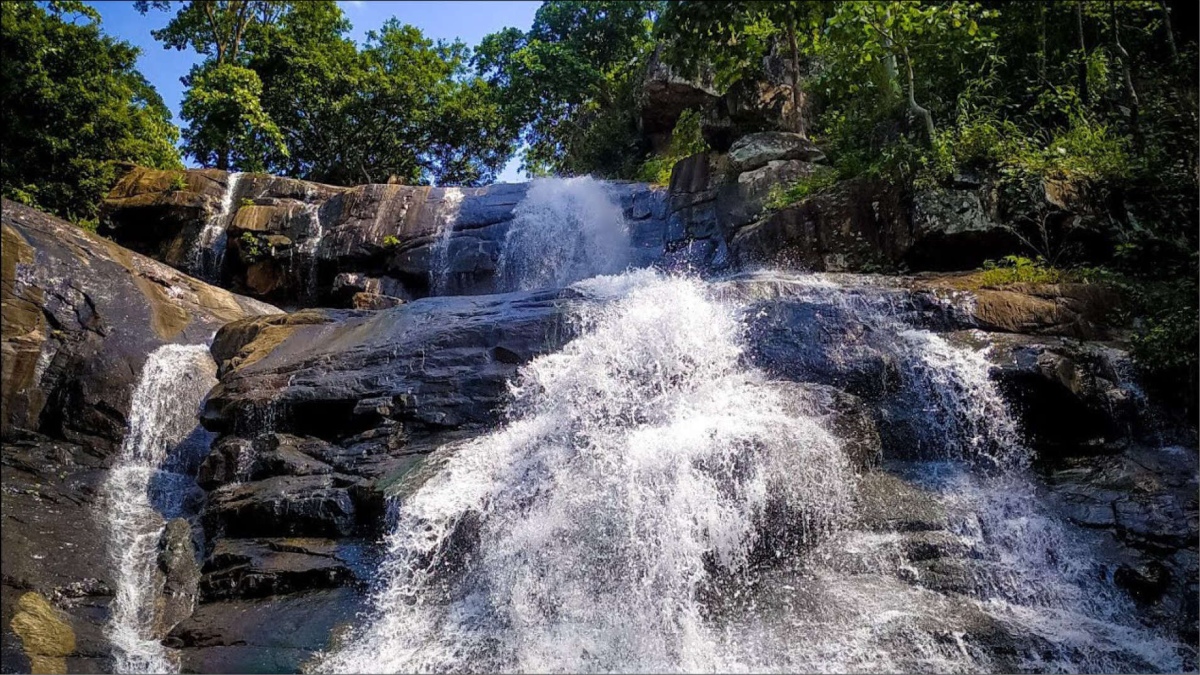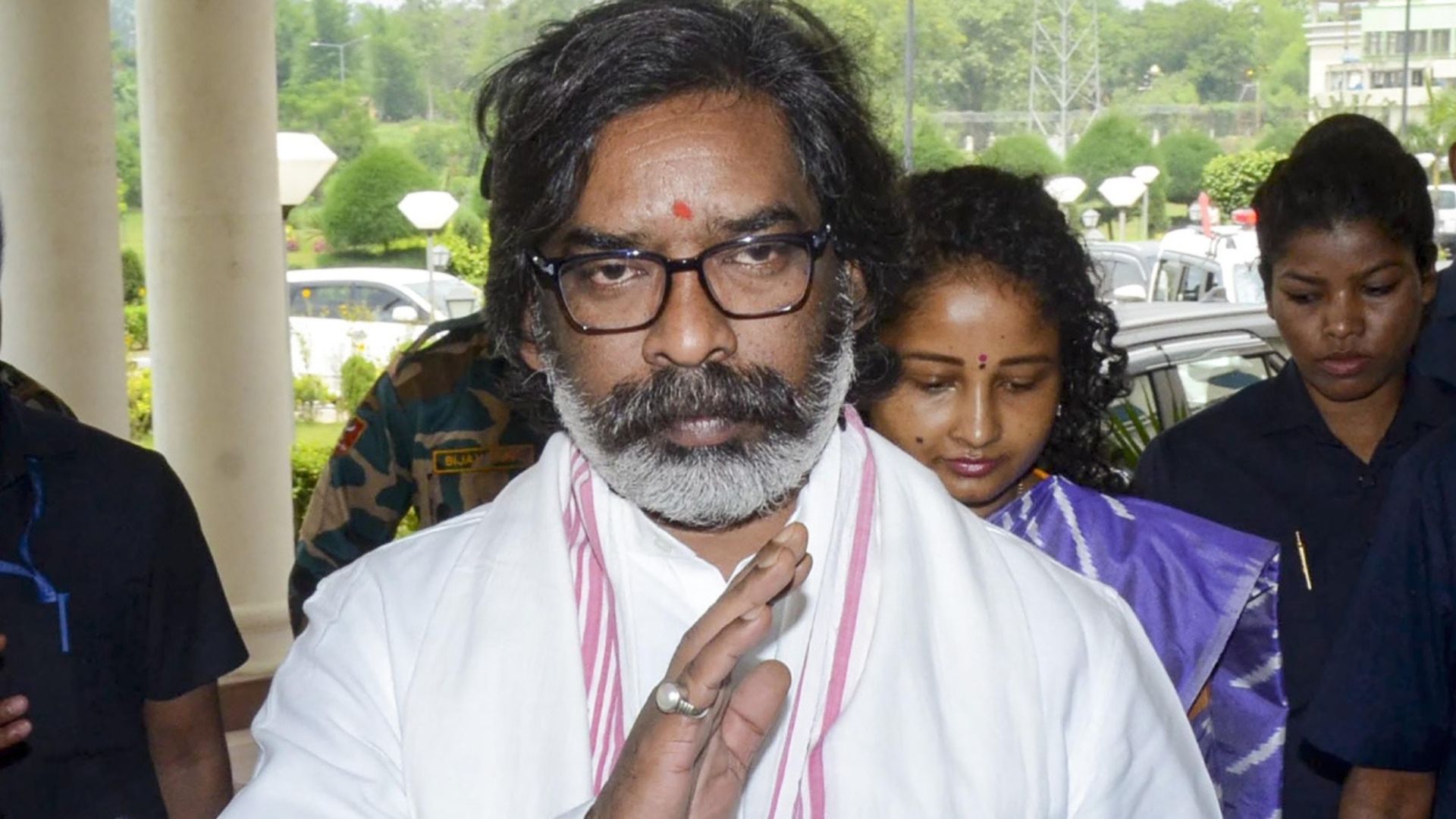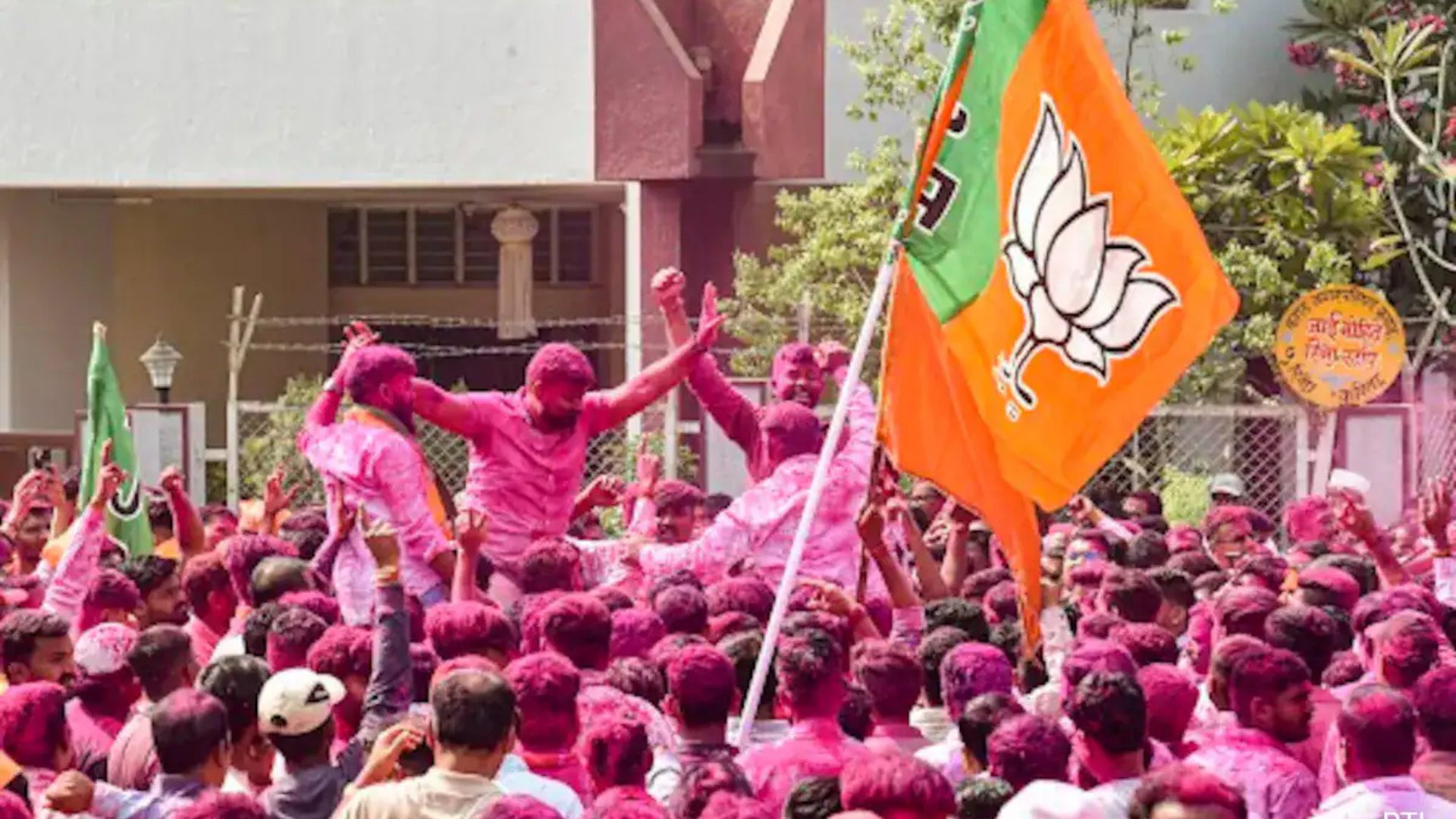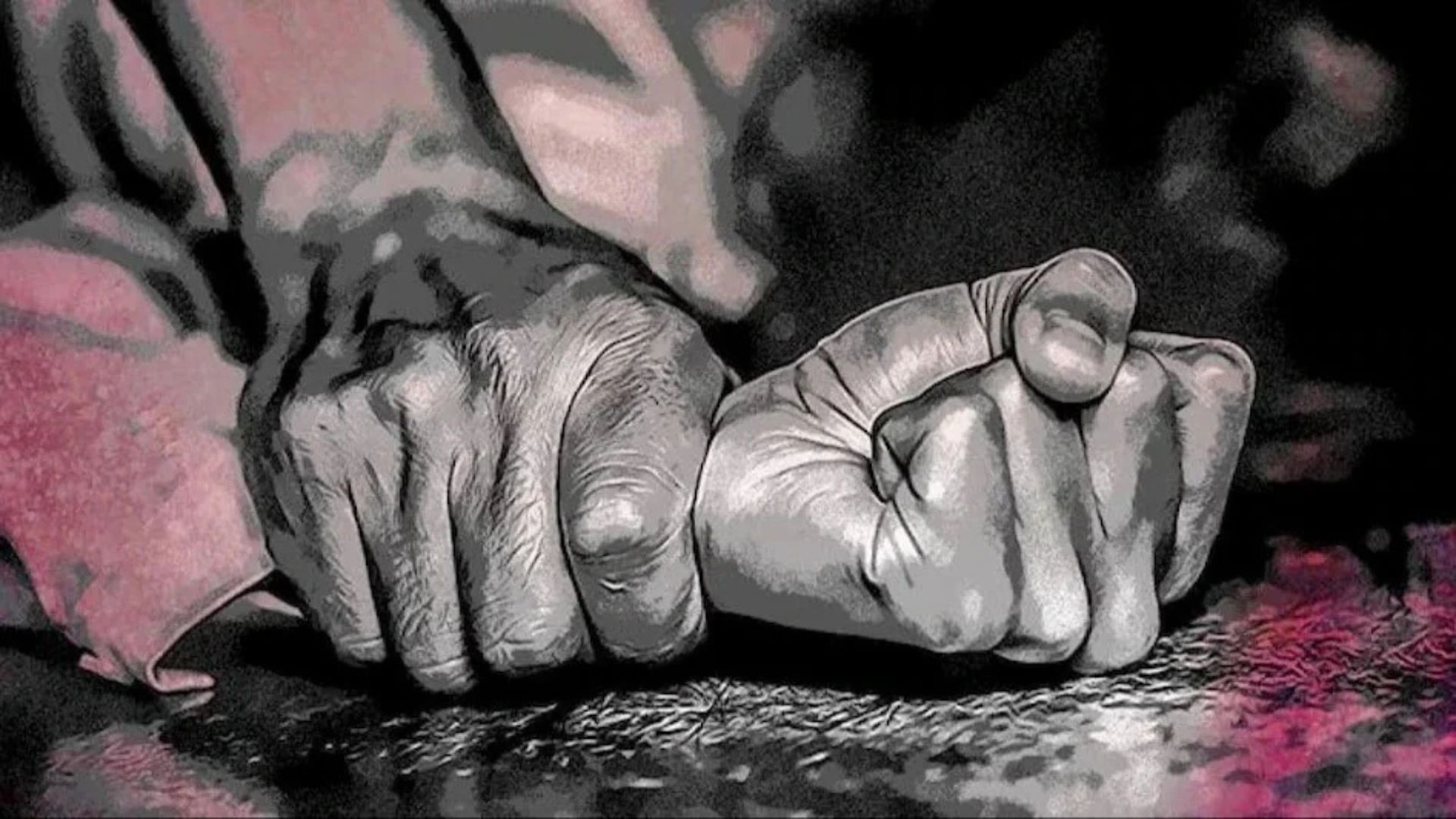
Madanpur Rampur is one of the 13 Blocks of Kalahandi District in Odisha and is located 65 kilometres away from District headquarter, Bhawanipatna. This Block with a population of about 92,000 comprises 19 graam panchayats. There are 235 revenue villages and more than 50 hamlets and forest villages. Nine of these graam panchayats have a considerable hilly tract, thick lush forest, numerous streams and difficult terrain. The Block has predominantly tribal population. It has many remote inaccessible areas and scattered habitation with sparse population in many villages. Lack of proper roads, bridges, mobile network and basic infrastructure, along with presence of left-wing extremism, present enormous challenges towards implementation of various schemes and developmental plans. Many a time, traditional beliefs of the tribal become hinderance to change and implementation of new ideas. Consequently, the block has poor social, health and educational indicators.
Poor living conditions of the people, rampant migration to other districts and a large proportion of dependant population in the Block affects livelihood in a big way. The Covid pandemic further worsened the situation and many households reeled under poverty owing to loss of sustainable livelihood activities.
During an interaction with the Block level officers, the residents of Gandpadar village of Manikera gram panchayat raised the issue of water scarcity. The only possible solution suggested was through sourcing water from some nearby perennial stream. Rumana Zafri, Block Development Officer, Rampur, Sarpanch of Manikera panchayat along with four others set out to look for feasible solutions. After walking for more than five kilometres through dense forest and slippery path, they came across a treasure, Mukhipata Waterfall that remained hidden from the world for so long. Although Mukhipata was closest to Sulesuru village, even to these villagers it was not a known place. This was apparently an unexplored area.
The water related problem was solved through bore wells but in the waterfall, Rumana could visualize a whole new opportunity. The Block administration decided to present the beauty of Mukhipata waterfall before the world and develop it as a tourist spot.
Mukhipata committee was constituted. Road leading to the waterfall was repaired. Entry fee per person and for parking was charged. Small shops selling water and essential food items were opened. Village locals were encouraged to sell tea and meals at subsidised rates to tourists. The place was promoted through social media.
Results were immediately visible and within a short span of time Mukhipata started receiving a lot of visitors from both within and outside the Block. These visitors in turn promoted it on social media. The shopkeepers earned a decent living and the entry fee collected was used to maintain cleanliness and to develop Mukhipata. In less than one month, Mukhipata waterfall became one of the most visited places of Kalahandi District
The dream of turning it into a tourist spot had been fulfilled, but the intention to strengthen livelihood activities around Mukhipata waterfall was yet to be realised. Hence, the idea of a rural “haat” near Mukhipata was conceived. This was to open every Saturday and Sunday of the week as these two days witnessed maximum number of visitors.
The focus of the rural “haat” was to generate livelihood activities, regain lost indigenous art and crafts of the area and to promote forest products that were available in plenty in Madanpur Rampur block.
A new mission to create rural “haat” at Mukhipata took off. Villages like Jamguda, Jambahali, Dangapata for bamboo crafts, Mohangiri for dhokra art and Madanpur for terracotta products were identified. Nodal officer was assigned for each such village.
Individual artisans and ladies of SHG groups who produced crafts from wool, wood, paper, waste materials were also encouraged to sell their products at this “haat”. Food stalls preparing local cuisine were given priority. Villagers and artisans were motivated to make those products which they once did, but had stopped making due to failure to find a market for them. The toughest part was to make the villagers believe that the products would sell this time at the “haat”. This was done through multiple visits to the villages and interacting with them personally. To continuously monitor the progress and to check relapse in attitude, they were motivated through phone calls, video calls, voice and video message etc. Apart from this, regular village point meetings were convened and short videos were made to suggest to the artisans that new and innovative products would fetch more price.
The idea was to let the artisans work for five days and sell their products for two days. At some places, tagging through SHG was done. The artisans/ producer groups could directly sell at rural “haat” or the tagged SHGs would buy the products directly from them, make value addition, like painting the products etc and sell them at Mukhipata rural “haat”. Mukhipata committee would buy the leftover articles from the artisans on Sunday evening and sell them during the rest of the days of the week.
The rural “haat” opened during the first week of January this year has been a huge success. More than 70 different products were displayed for sale. The customers came from different walks of life, within and outside the district and of all age groups. The artisans were overwhelmed by the sale. Their goods had never fetched such a price and earned praise for their indigenous crafts and forest products. This also restored their faith in their abilities to make these products. A permanent platform was now available for their livelihood. They could now prosper and grow.
More than 500 families have already benefitted from the rural “haat” and many more counting. Now trainers have been arranged to help the artisans reach new levels of innovation and efforts are being taken to cover other villages which were left out in the first phase of identification.
The story does not end here. It is a new beginning. Mukhipata waterfall, through various Government schemes shall have all weather road, sanitary complex, solar water system and electricity installed shortly and will attract more tourists and artisans in the coming days. From being lost in oblivion it shall emerge as the centre of attraction.
Rumana Zafri and her team have clearly demonstrated that civil servants can make it happen even in remote parts of the country. It requires vision, commitment, meticulous planning and taking stake holders into confidence. The Odisha Livelihood Mission (OLM) came handy in fulfilment of the dream that Rumana had.
Anil Swarup has served as the head of the Project Monitoring Group, which is currently under the Prime Minister’s Offic. He has also served as Secretary, Ministry of Coal and Secretary, Ministry of School Education.















